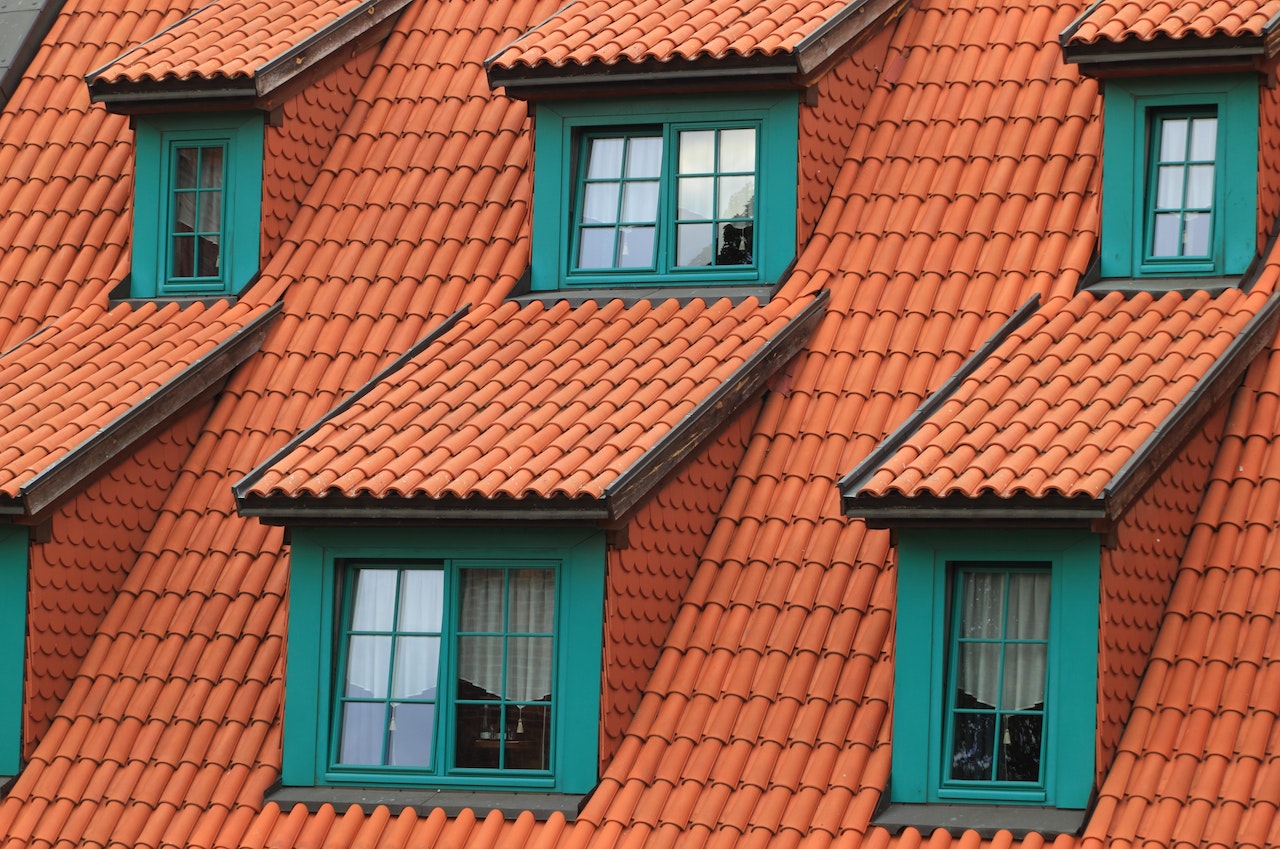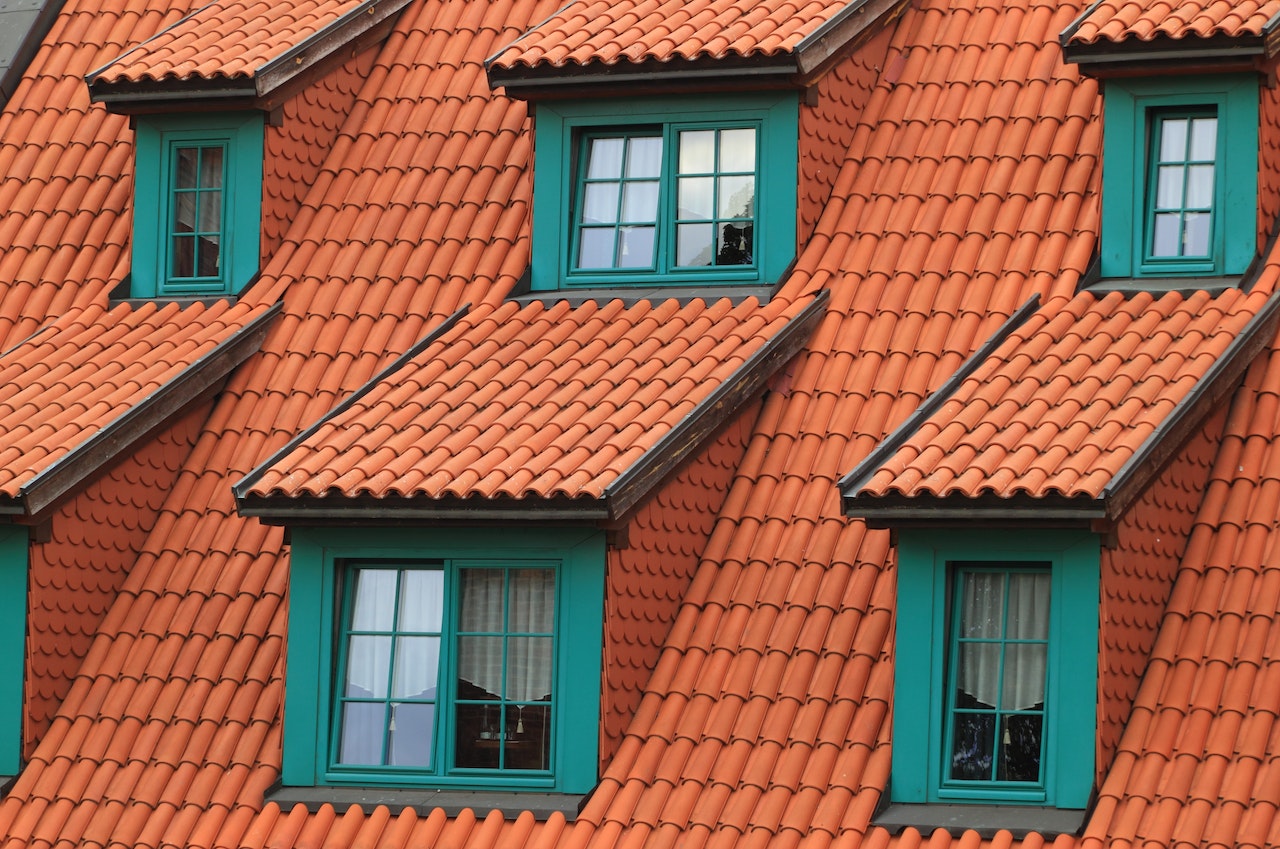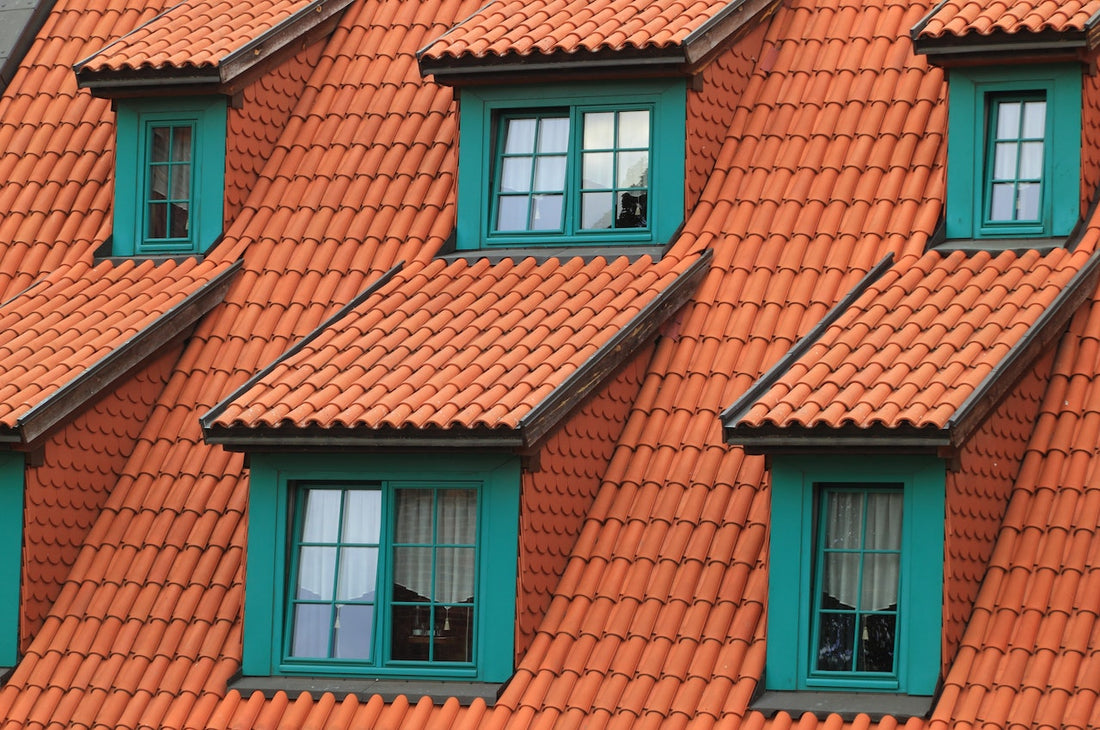Whether you're building a new home or just replacing your roof, one of the most important considerations is deciding between pitched and flat roofs. Not only do the two types of roofs look different, but the practical benefits can vary greatly depending on the climate you live in and the type of construction project you are undertaking. In this blog article we provide an overview of the differences between pitched and flat roofs and discuss the advantages and disadvantages of each roof type.
Gable roof
Roofs are an important protective element of any building and their design can have a significant impact on the overall appearance of the building. Pitched roofs are the most common roof type in the world and are often considered a traditional option. Pitched roofs are sloped and the angle of inclination can vary depending on location and climate.
One of the main advantages of a pitched roof is that it sheds water and snow better than a flat roof. This is especially important in areas with a lot of precipitation or snow, as it helps prevent water damage to the roof and interior of the building. Pitched roofs are also typically more durable than flat roofs because the sloped construction helps prevent dirt and water buildup.
Advantages of pitched roofs
- The gable roof allows good ventilation.
- It provides good thermal insulation and ventilation and, if necessary, special insulation can be added to the steel roofs.
- Low maintenance effort
- Proper rainwater drainage
- Construction costs would be lower as long as there are no significant costs to support the roof structure.
- Solar modules can be fixed to the roof.
- Good aesthetic appearance
- Longer service life


Flat roof
Flat roofs are becoming increasingly popular in commercial and residential construction. One of the main advantages of a flat roof is that it is easier and cheaper to install than a pitched roof. Flat roofs also require less maintenance than pitched roofs because there are no gutters or downspouts to clean and dirt is less likely to accumulate. Another advantage of flat roofs is that they can be used to create “gardens” or “green roofs,” which can help reduce the urban heat island effect and reduce energy costs.
However, flat roofs also have some disadvantages. One of the most important is that they also do not repel rain and snow, which can cause water damage if your roof is not maintained properly. Flat roofs are also more susceptible to wind damage because the lack of slope allows the roof to lift in high winds. For this reason, flat roofs are typically not recommended for areas with high winds or extreme weather conditions.
Advantages of flat roofs
- Flat roofs have a particular aesthetic aspect.
- Most often they are reinforced concrete plates.
- Low heat transfer and greater thermal comfort. Additionally, we can add insulation to the panel to control heat transfer.
- Structurally more stable than pitched roofs as they can lift in high winds.
- More durable
- An inspection may be necessary from time to time to check the condition of the roof for wear and tear.
So which type of roof is right for you? This discussion of pitched roof vs. flat roof is helpful. The answer depends on several factors, including the climate, the type of construction and your personal preferences. If you live in an area with extreme weather conditions, a pitched roof is probably your best option. However, if you are looking for a roof that is easy to install and maintain, a flat roof may be a better choice.

